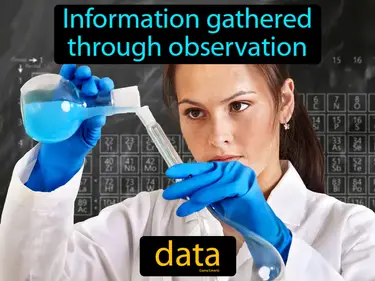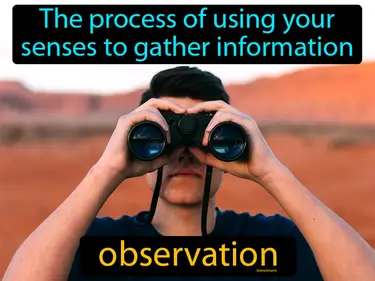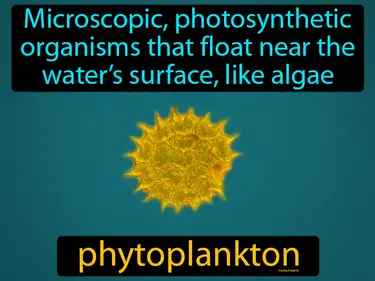The Ocean Over Time
Science
auv
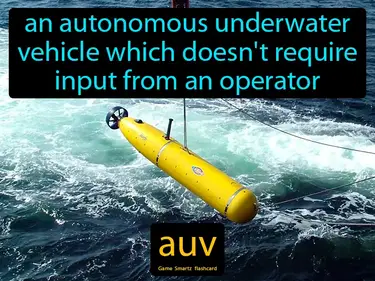
An autonomous underwater vehicle which doesn't require input from an operator. AUV. It is a robot that explores underwater environments on its own.
brown algae
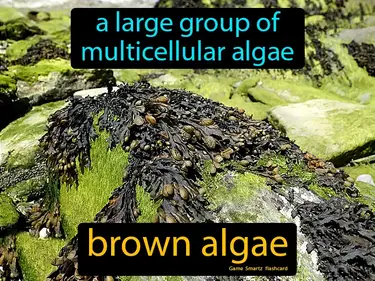
A large group of multicellular algae. Brown algae. Brown algae are large, plant-like organisms found in oceans, known for their brown color due to a pigment called fucoxanthin.
conclusion
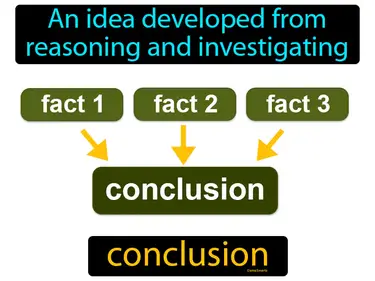
An idea developed from reasoning and investigating. Conclusion. In Science, a conclusion is a decision or understanding reached after analyzing data and evidence.
engineering
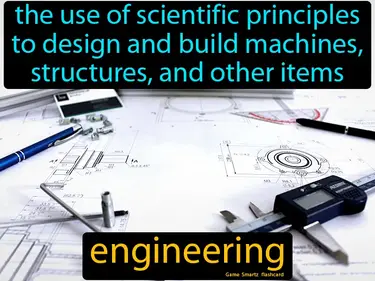
The use of scientific principles to design and build machines, structures, and other items. Engineering. Engineering is the practical application of science to solve problems and create useful things.
green algae
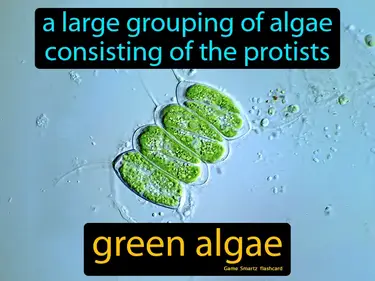
A large grouping of algae consisting of the protists, green algae. Green algae are simple aquatic plants that perform photosynthesis like other plants.
hov
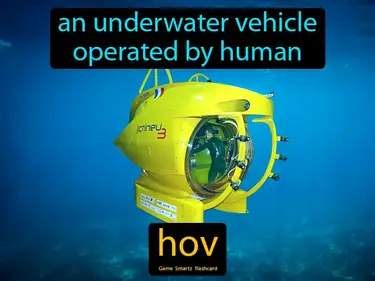
An underwater vehicle operated by a human. HOV. An HOV, or Human-Occupied Vehicle, is a type of submarine that allows humans to explore the ocean depths directly.
indigenous
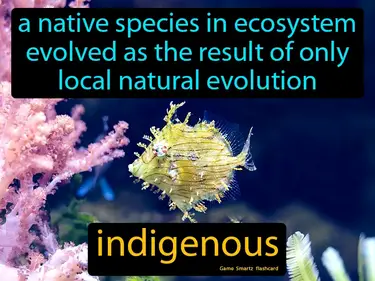
A native species in an ecosystem evolved as the result of only local natural evolution. Indigenous. Indigenous means a plant or animal that originates and grows naturally in a specific area or region without human intervention.
qualitative data

Any data that is unstructured and non-numerical. Qualitative data. In science, qualitative data describes characteristics or qualities, like colors, smells, or emotions.
quantitative data

Any data that is in numerical form such as statistics, percentages, etc. quantitative data. Quantitative data in science is like measuring and counting things to get numerical results.
red algae
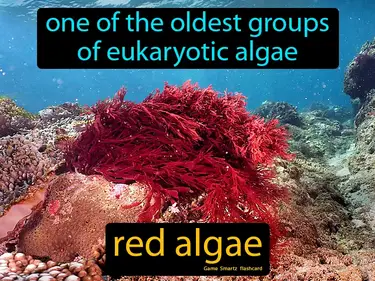
One of the oldest groups of eukaryotic algae, red algae. Red algae are simple aquatic plants that have a reddish color due to pigments that help them capture light for photosynthesis.
rov
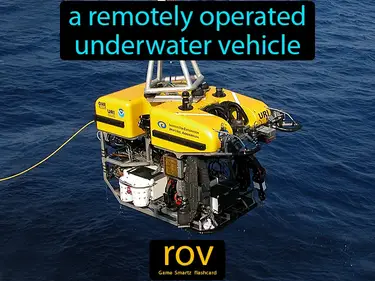
A remotely operated underwater vehicle. ROV. An ROV is a robot used by scientists to explore and study the ocean without needing a person onboard.
scientific inquiry

An obtaining knowledge in the form of testable explanations. scientific inquiry. Scientific inquiry is the process of asking questions and conducting experiments to understand the natural world.
submersible
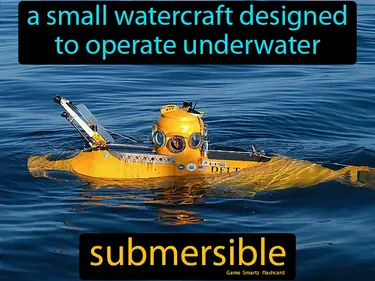
A small watercraft designed to operate underwater. Submersible. A submersible is a vehicle that can go underwater for exploring the ocean or conducting research.
tether

A cord, fixture, or flexible attachment that secures something movable. tether. In science, a tether is often used to keep objects or equipment securely attached or in place during experiments or in space missions.
